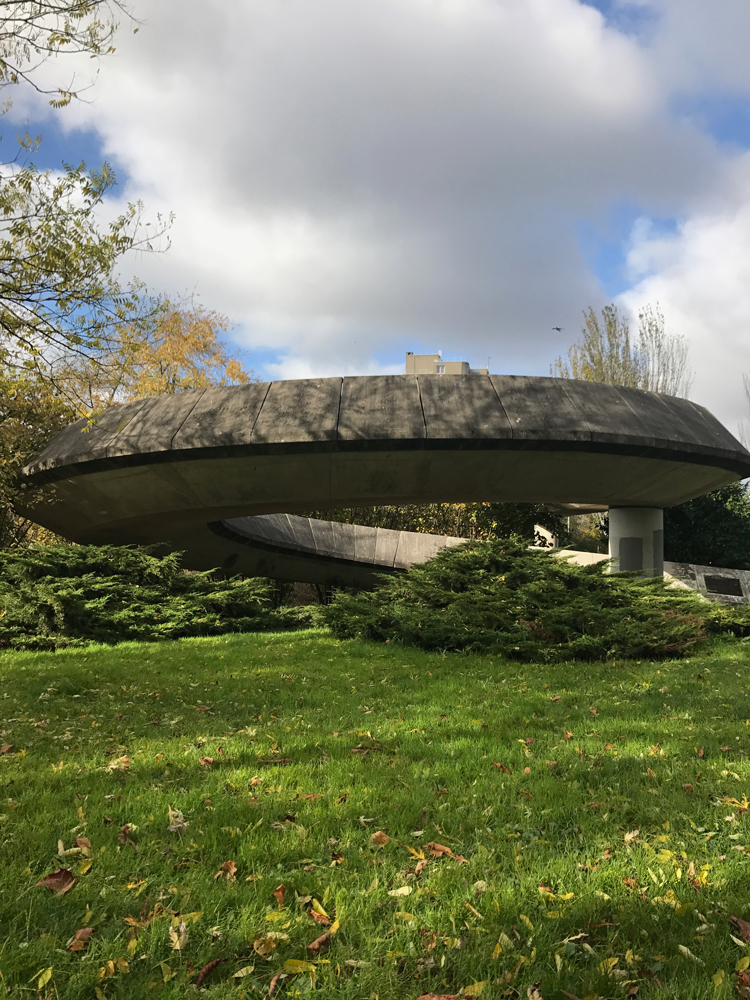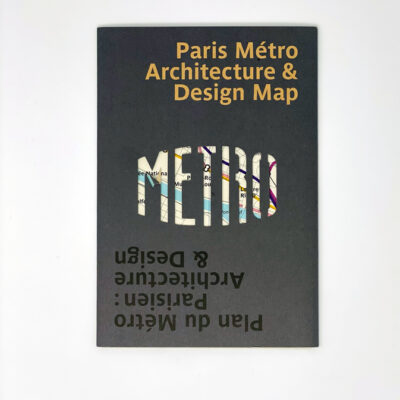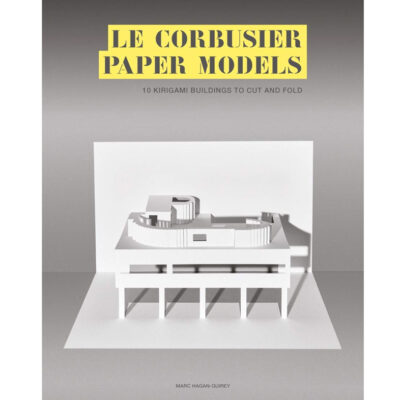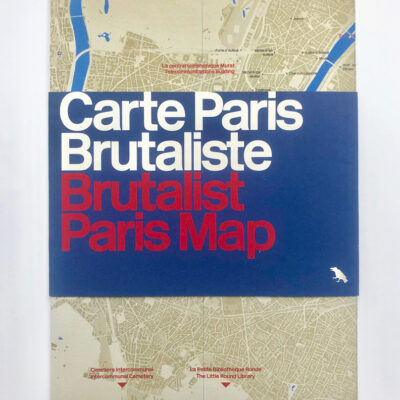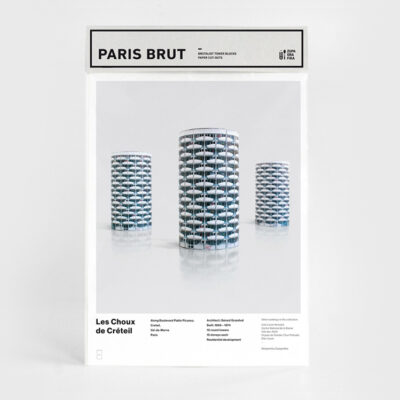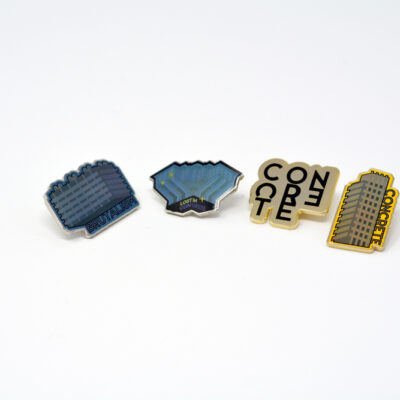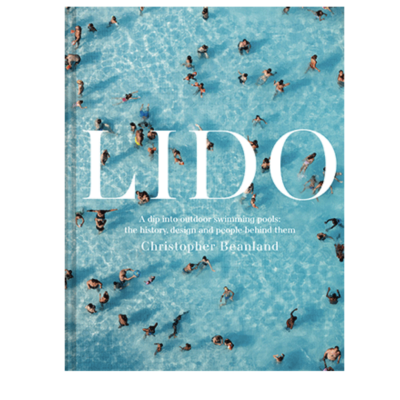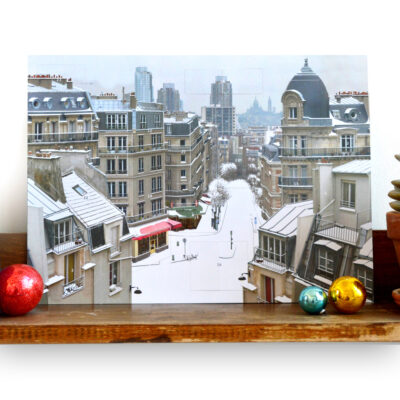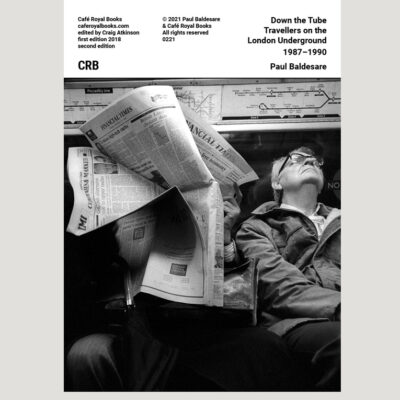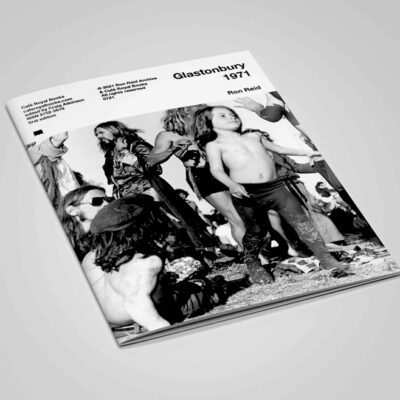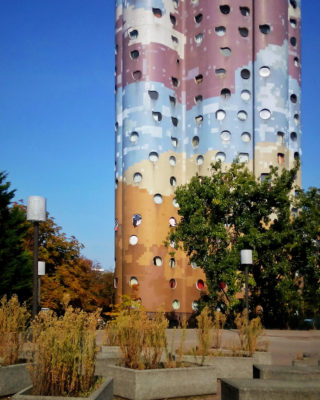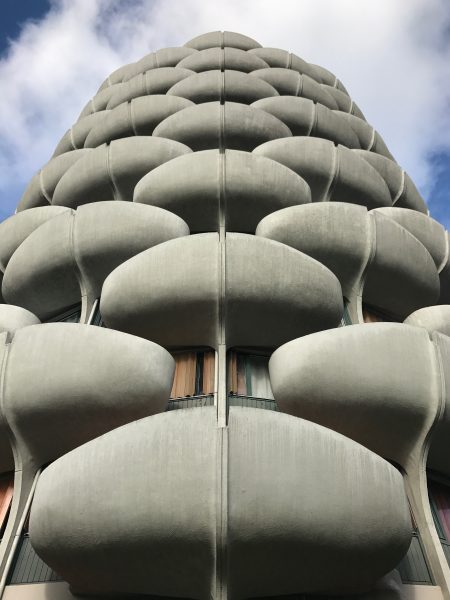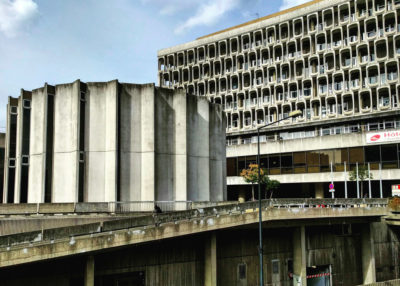Créteil’s Concrete Petals
If you like your greens and you like concrete than Créteil might just be a place of pilgrimage for you
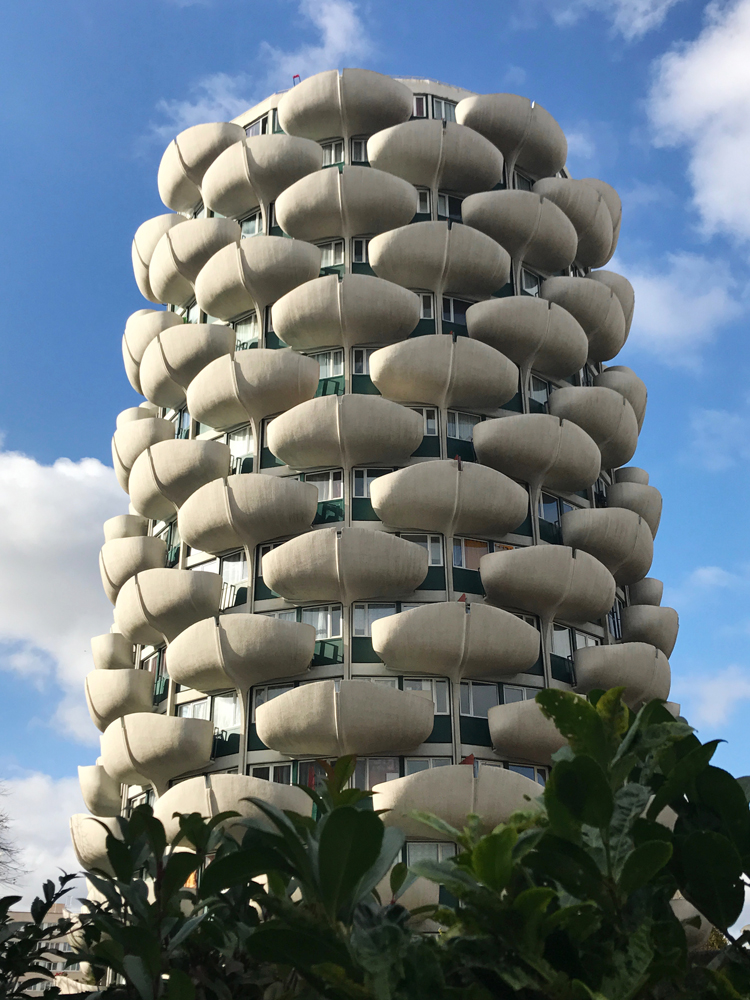
Petal Shaped Corbels
Les Choux de Créteil, ten sculptural towers, just outside the centre of Paris, designed by Gerard Grandval, the curious nickname used by locals and béton fans alike. It translates as Créteil’s cabbages, and has given the Préfacture notoriety that stretches way beyond its border. But don’t stop there, the city has more to offer.
Beyond the Sauerkraut factory
Architect, Gerard Grandval was chosen to design the first wave of new social housing for a city that would ultimately swell from its original population of 11,000 people to an unrecognisable 91,000. Urban planners designated Créteil as the Préfacture of the newly formed Val-de-Marne Department in the Ile de France. Important, imposing brutalist buildings were added, to give gravitas to the city’s status such as the 1970 Université Paris-Est Créteil Val-de-Marne and architect, Daniel Badani’s 1975 Palace de Justice.
Post-war, the French government was determined to settle large numbers of people in the area circling Paris. Créteil, 11km from the centre, was already an established area South West of Paris. Known for its market gardens that supplied the chefs of Paris, and home to a sauerkraut factory it was earmarked in 1966 for expansion.
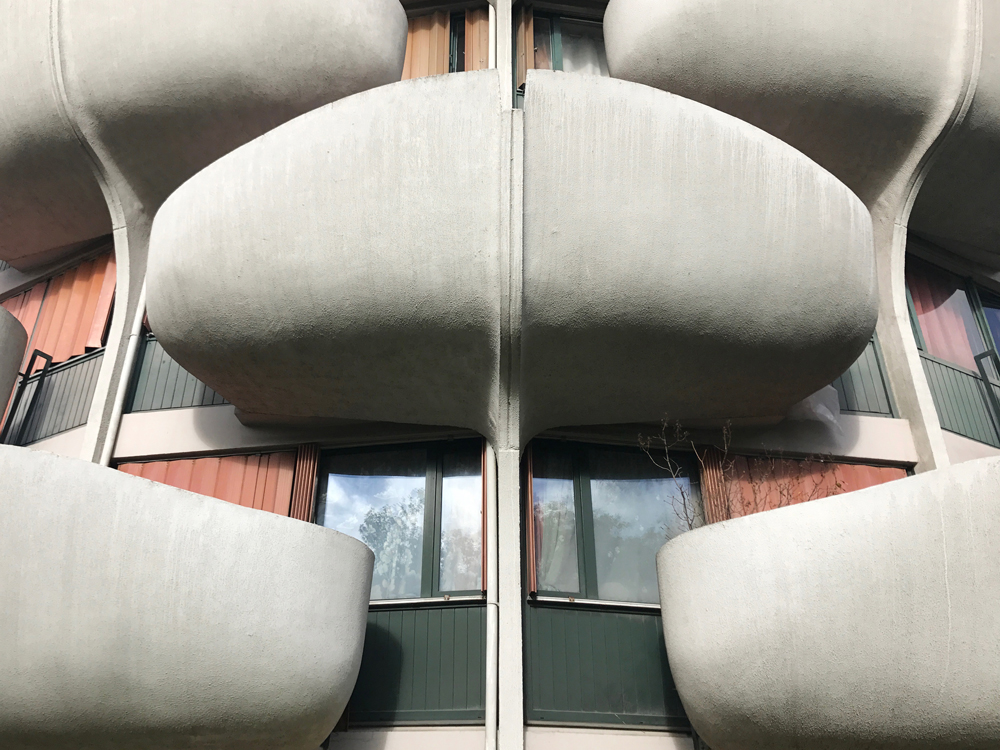
Les Choux were built between 1969 and 1974. What remains so compelling and striking about their design is their sheer otherworldliness. Ten tower blocks, each fifteen storeys high with highly original balconies shaped like leaves,
‘petal-shaped corbels’
Grandval had a strong vision for the design, the balcony of each home would have, facing outwards, a concrete petal giving the impression of a plant-like living organism. Grandval was acutely sensitive to the resident’s needs and firmly believed that the balconies formed an important part of residents living space and that they needed privacy on their balconies;
‘I am intimately convinced that in terms of habitat, transparency is not a carrier of freedom but of alienation’
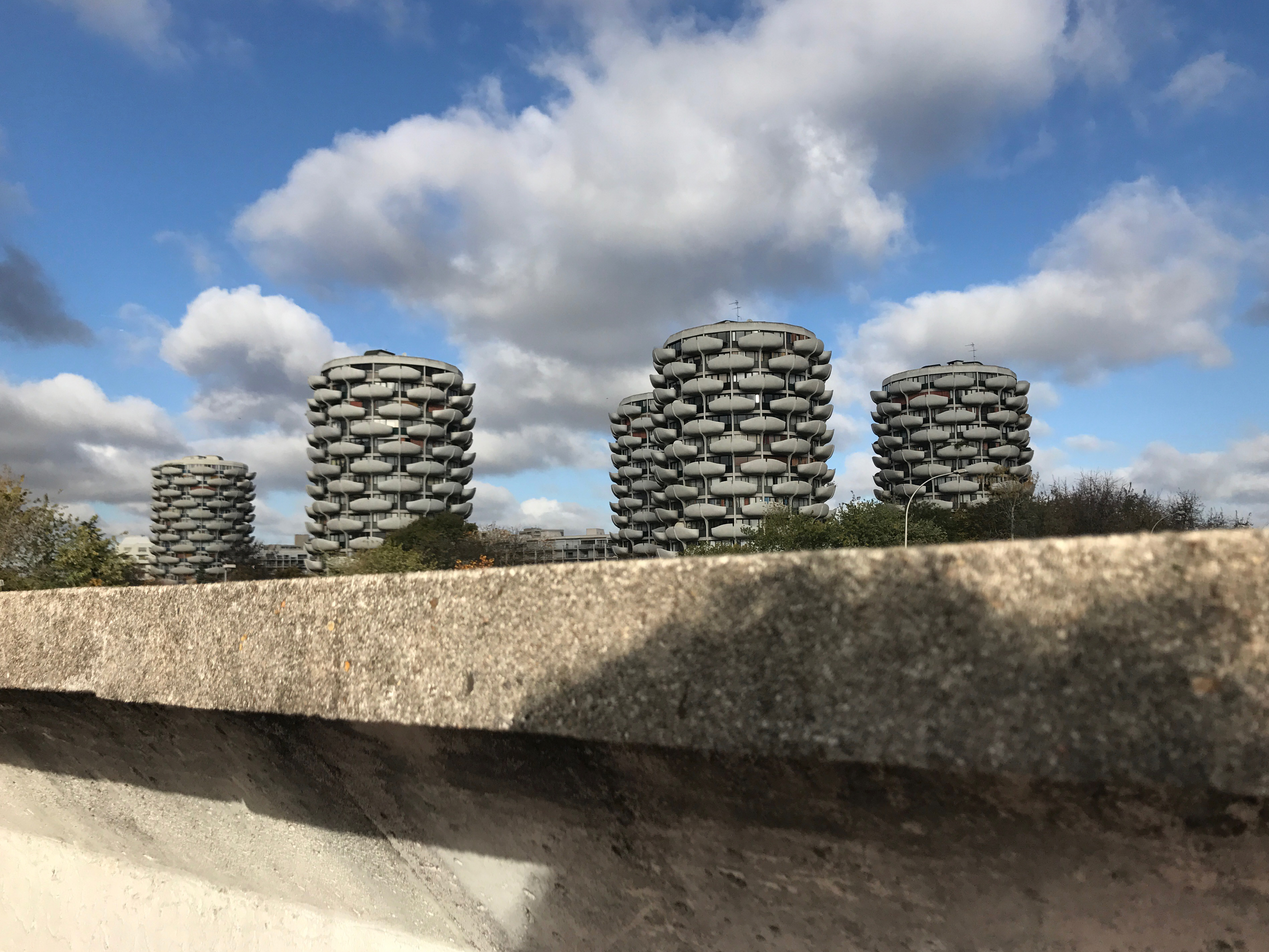
Grandval also recalled in a 2009 interview with La Parisienne about the original concept;
‘I have great regret. I wanted vine leaves from each petal to cover these towers with a vegetal skin that changed with the seasons, a concept now very popular. But the promoters did not follow. They feared that maintenance would be too difficult, that it would attract insects’
It’s hard to decide if Les Choux could have been any more imposing if vines had hung from each balcony, today we see it unadorned in its full glory. What is clear is that fans of brutalism and photography are making their way to Créteil to capture these ‘ears of corn’.
Fashion designer, lecturer and researcher Anna Zsófia Kormos is currently carrying out her Doctoral studies in Smart Tech and Innovation in Fashion at the Moholy-Nagy University of Art and Design in Budapest. She visited Créteil took amazing photos and shared her impressions with Greyscape.
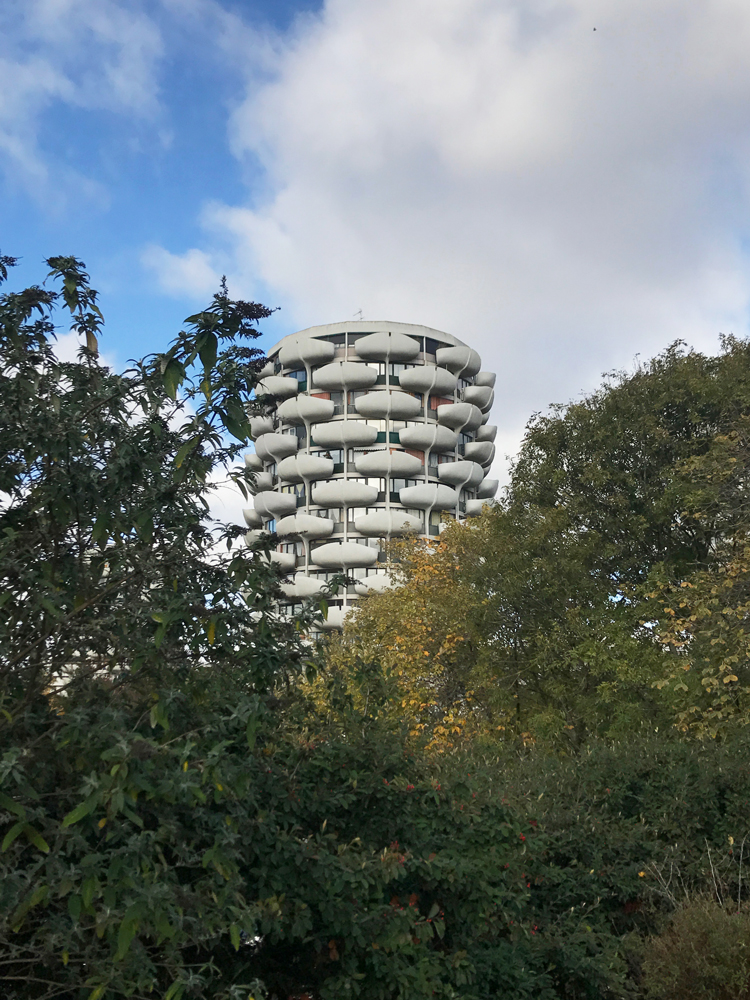
What prompted you to visit Créteil?
Architecture appreciation is both a hobby and a love. When I have time I like nothing more than letting myself get lost in architectural books and publications. I lived in Paris for a year and return annually. That now makes me an atypical tourist to the city. Créteil came on my radar whilst researching unique social housing projects. Bearing in mind, my heritage is Hungarian, Créteil and other mega projects like Noisy-le-Grand and Defense particularly interest me. I’m inspired by dystopian concepts, but I can’t say I find them aesthetically pleasing, nevertheless I find them amazing.
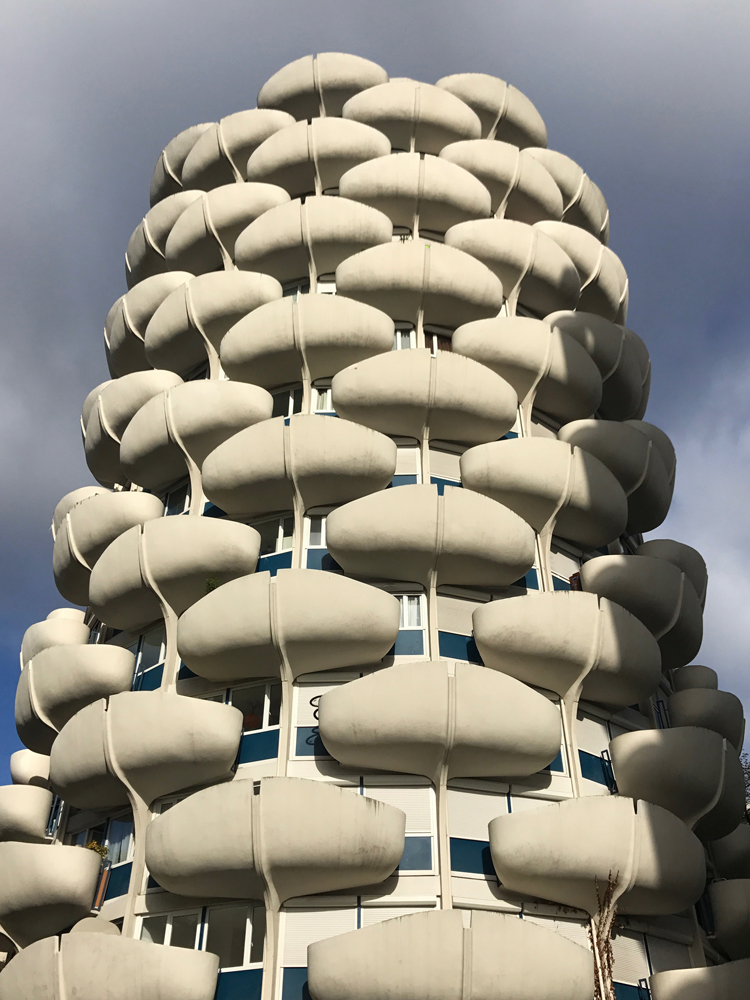
I’m actually a fan of many styles. When I’m taking photos I look for the atmosphere, the experience, and the context.
Your first impressions?
I intentionally did not do a deep-dive prep in advance. Instead, I allowed myself to organically discover the City by using my intuition. I wanted to do much more than simply encounter the highly recognisable Choux. This was planned as the first stop on a journey. I ended up discovering less well-known pockets of the city and some striking abandoned areas. I went on a weekday so it was quieter as people were at work.
Being in the presence of these huge concrete buildings more or less on my own was quite a surreal experience. I loved the contrast of nature, the lake (Lac de Créteil) and the oversized playful concrete structures. The only disappointment happened when I arrived in Créteil by metro. In order to get to the towers I had to cross a large soulless shopping mall where I managed to get totally lost, so you could say my first encounter was far less dramatic than I’d intended.
‘dystopian architecture’
Public sculpture in Creteil Image Anna Kormos
I’m really impressed by the ideas of the American pragmatist philosopher, Richard Shusterman. According to his somaesthetics theory, bodily feelings and experiences could enrich our aesthetical experiences and practices. This is particularly relevant when we consider dystopian architecture and surreal spaces (such as the towers in Créteil) and how the built experience connections to the human body. Architects have both the challenge and the responsibility to create inspiring spaces with a good vibe and not simply designs which focus on their ego. What they create has a major impact on our daily life either as a force for good or bad.
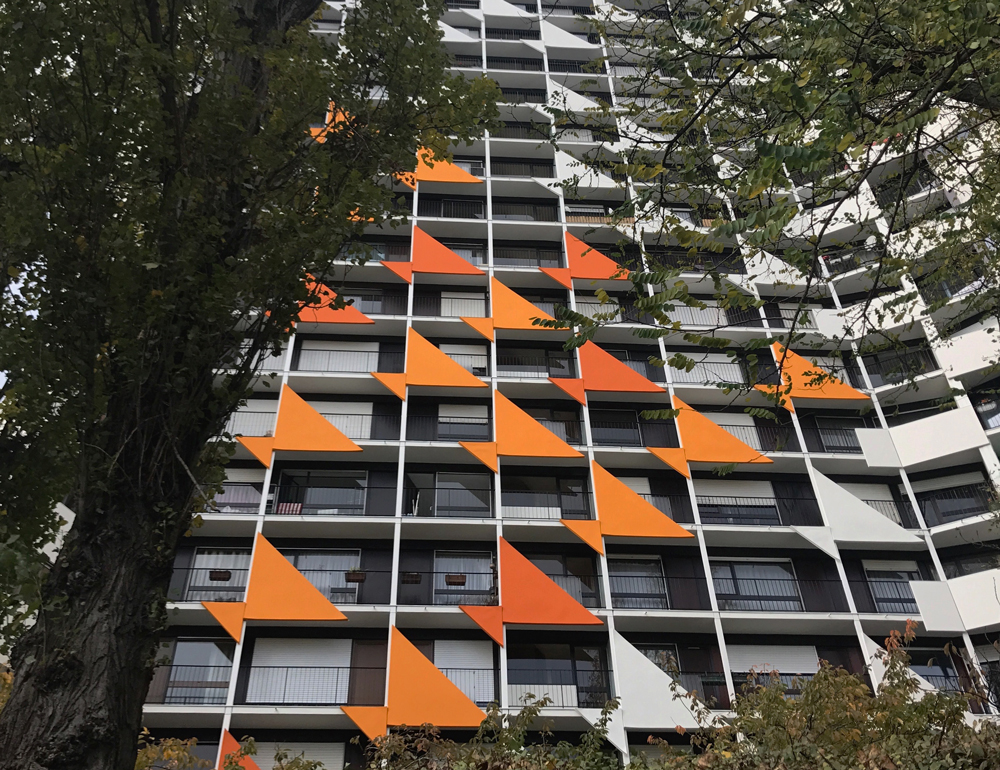
How frequently do you feel ego has overarched the experience of the end-user?
As a non-professional, I only can rely on my personal experiences. I’ve been to many visually attractive but uncomfortable spaces, where you have the feeling something intangible is missing, there is a void created by a lack of involvement from site users in the design process.
It’s not uncommon in Europe (and further afield) to see with clarity how the choices of urban planning have impacted upon the experience of residents of cities too often fueling a social crisis. The problem goes deeper, not just in architecture, but has tentacles which reach into other areas of design. We need a way, sooner rather than later, to find sustainable answers to social and environmental problems.
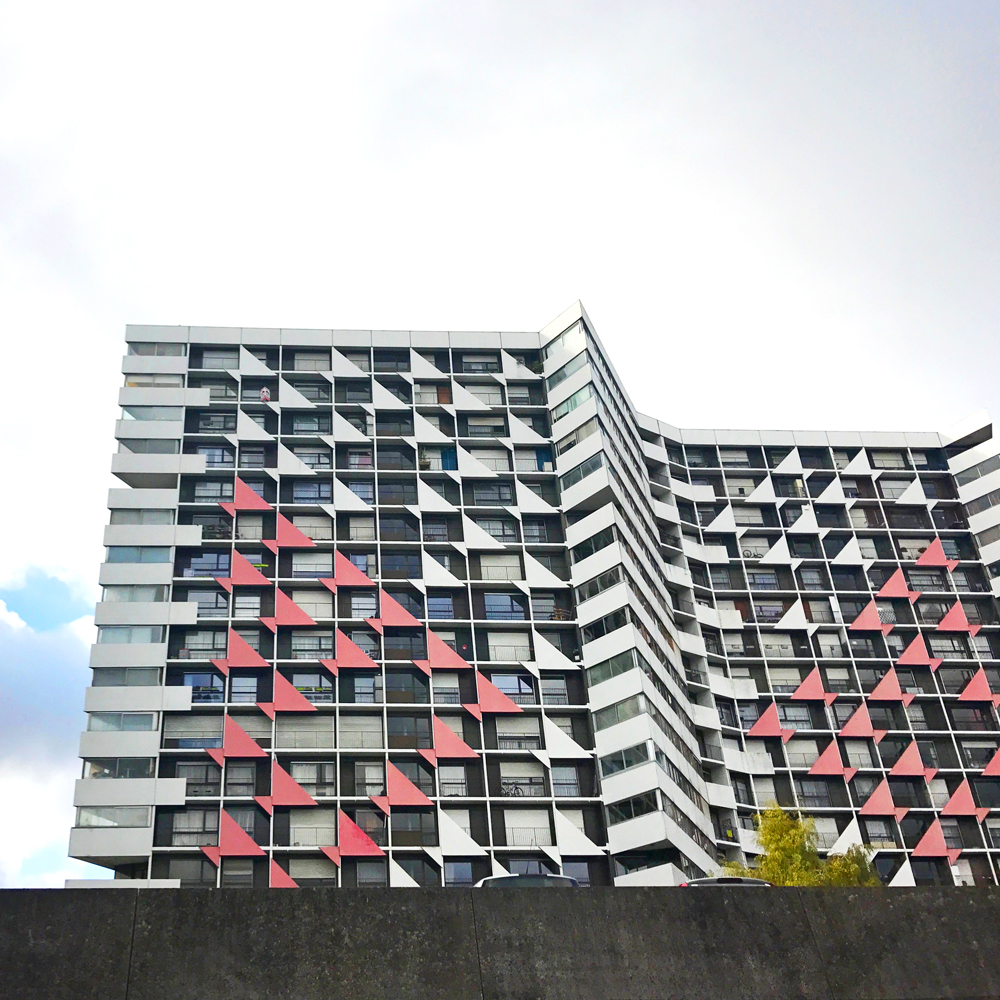
I hope in the future that similar big housing projects will weave into their designs better solutions for the inhabitants. Today the demand is for sustainable materials, innovations and accessible designs for everyone. It’s so important to create visually rich spaces which enhance the living experience of users. Every designer always has to think forward-looking towards a better future, creating energising, motivating places for people to live in.
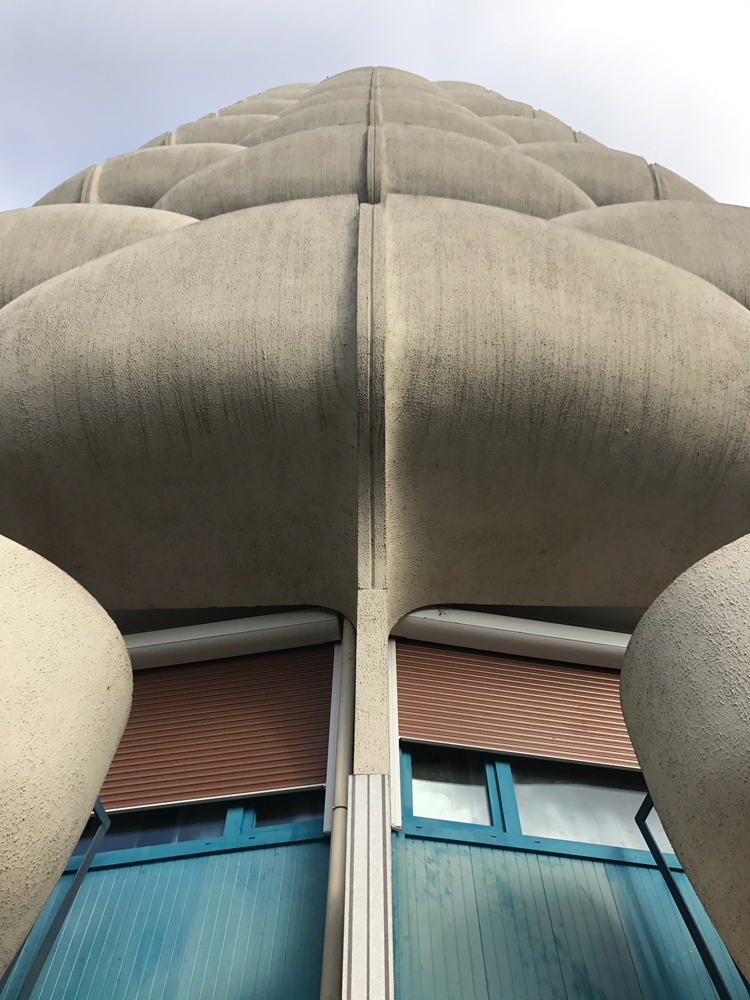
Do you have a view about created environments …such as Créteil …. does that work or should housing grow organically?
I’m not trained as a professional urbanist or sociologist, so my thoughts are somewhat ‘outsider’. Architects and urban designers are constantly cooperating and thinking creatively – I like to think of them as our collective ‘pioneers’.
Sadly and I don’t know if this is true, it often feels, when it comes to social housing, that the residents in highly urbanized areas are the last to be asked about what they living environment should be like. I’m not commenting about Créteil, whether it’s good or bad. It has some absolutely marvellous elements that I really like. It’s only right that one should live somewhere for a lengthy period before making big statements or asking locals opinions on the topic.
Which designs have caught your interest at the moment?
I’m really into postmodernism, it’s a very controversial style, probably because many postmodern buildings were built from perishable materials. Nonetheless, I love its childish, euphoric shapes and structures.
It’s certainly the first style I became fully aware of as I was born in 1988. Recently I’ve been on a US road trip from Nevada through Arizona to California. After I travelled to Las Vegas I read Robert Venturi’s book Learning from Las Vegas, it gave me an entirely new view of the city.
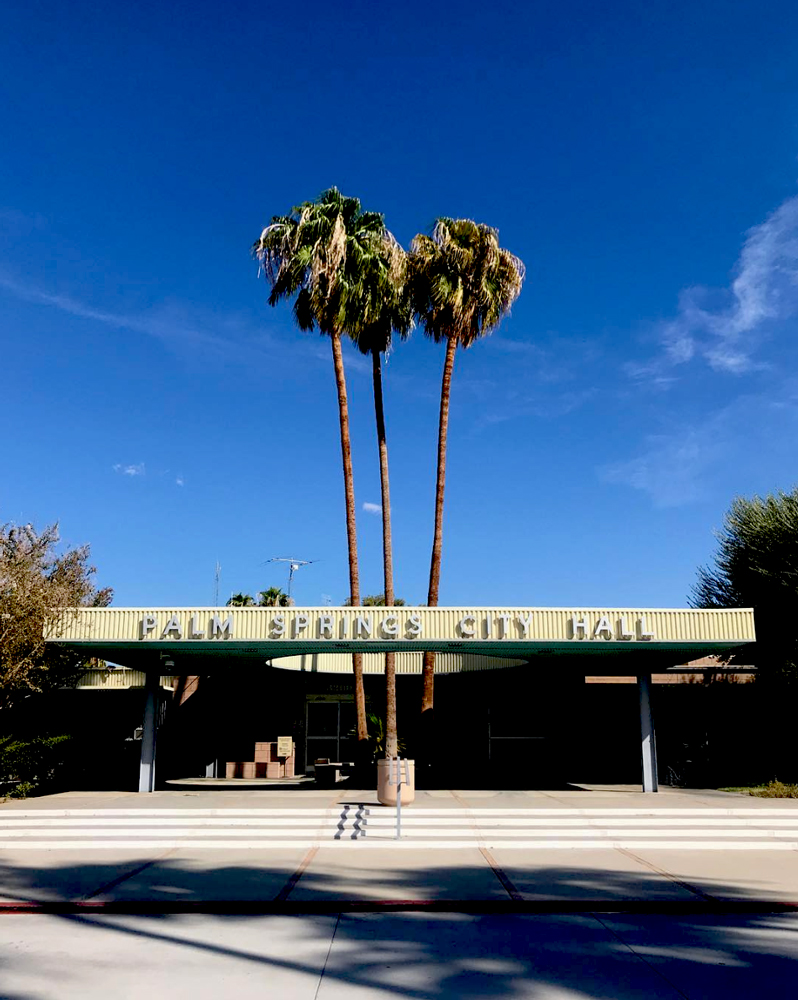
Palm Springs Modernism
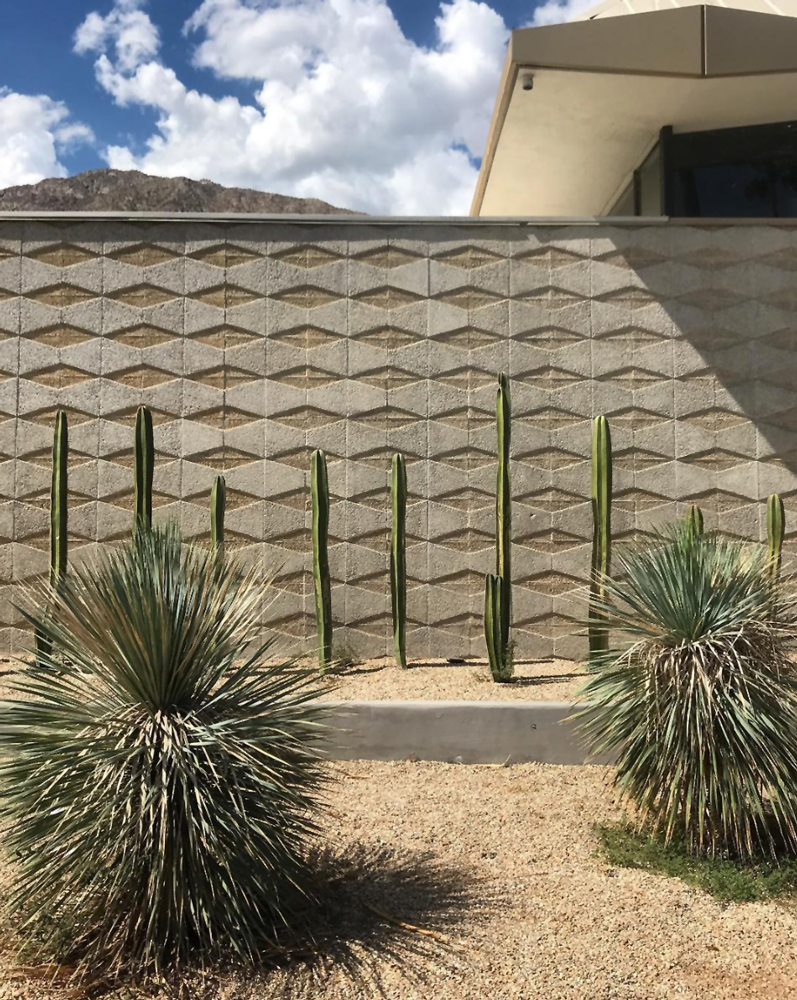
Palm Springs
How do you approach taking photos?
In a very organic way. Once I love a situation I really feel I have to capture it. I’m into weird contexts and unusual situations.
Do you work on a bucket-list of places to visit?
It’s more of a wish-list. I use a combination of my iPhone and a Canon AE-1 Program 35mm film camera for conceptual and more personal things.
The one that got away…a photo you wished you had taken?
There were so many, buildings can be returned to until they are destroyed… I really missed out on photographing an interesting elderly twin couple who were dressed identically.
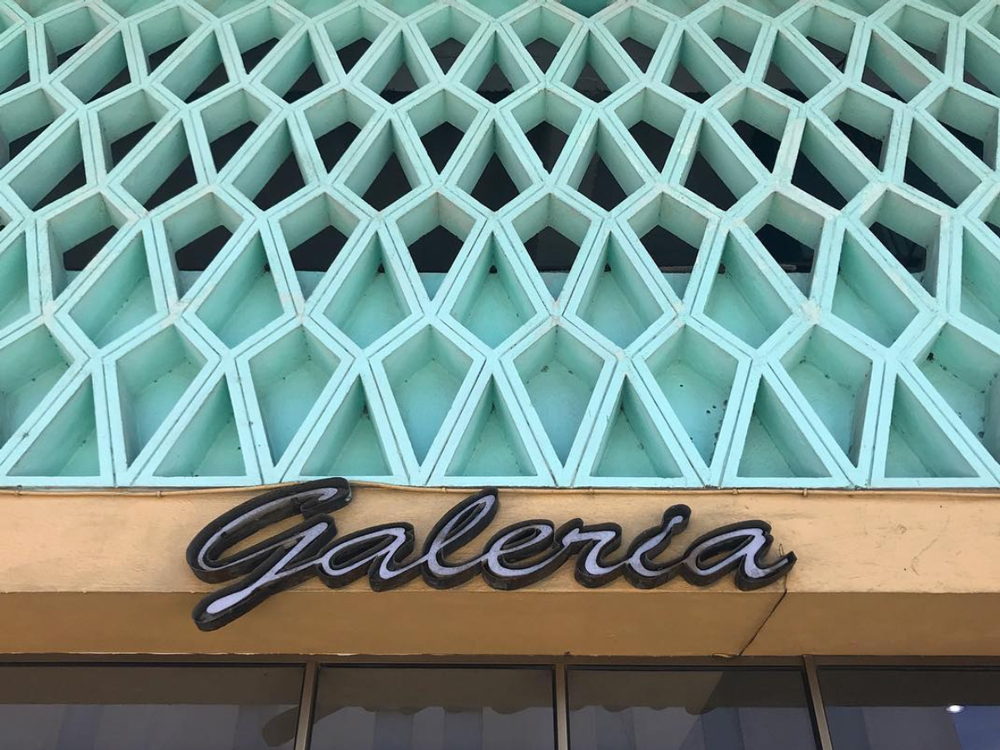
Havana Cuba Image Anna Kormos
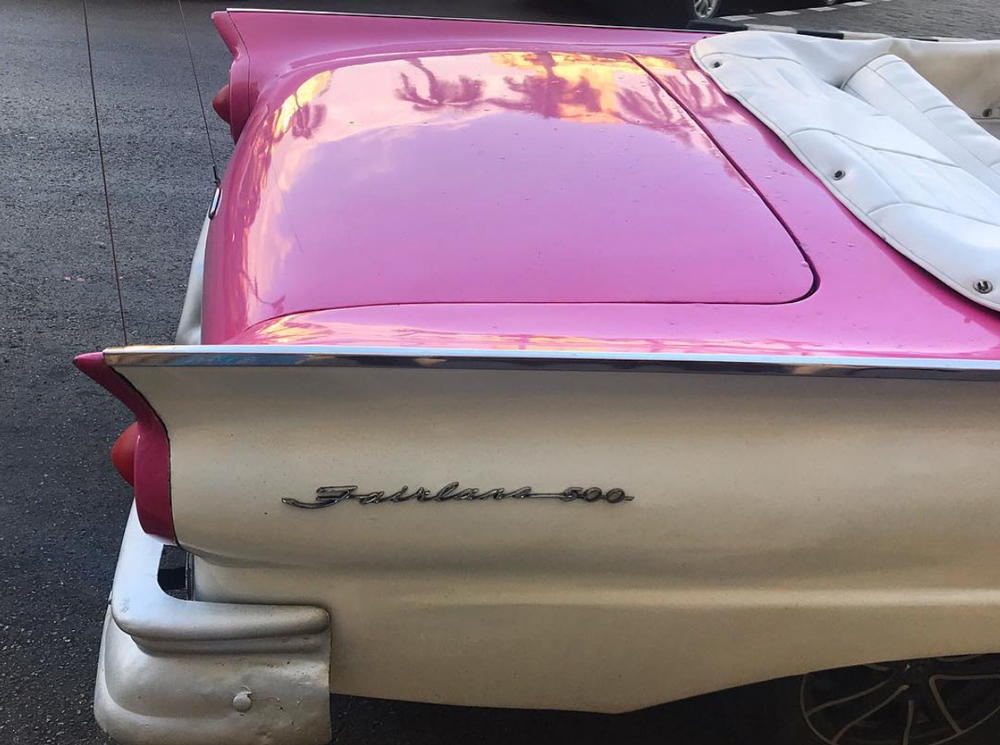
Havana Cuba Image Anna Kormos
Where next?
At the moment I live and work in Budapest, but in the near future, I’m planning to get more professional experiences in New York.
Best places to photograph in Budapest?
It is a beautiful city. But if you want to capture its less clichéd side, you have to go deeper and forget the touristy areas. I love walking around the outer, less developed 8th district, the non-touristic Csepel Island has some magic, and Buda for its throwback culinary scene.
To have the best view of the city climb up to Mansfeld Péter park. If you’re a Bauhaus lover, Pasarét is a great choice. I love Körszálló, one of the few examples of unusual architectural style in Budapest. The city centre of Pest is vibrant, touristy, but going through a change as gentrification bites, so I think now the focus will fall on Buda.
The city remains a fascinating place to see one of my loves, post-soviet abandoned architectural sites. Good examples to seek out are the ’80s hospital interiors (Honvéd Kórház, Dózsa György út, and Semmelweis University Tower). Many of the state-operated hospitals are today in a terrifying condition which doubles up as meaning they have kept some of their original architectural details and interiors.
This is a good website to check out is Körszálló
What are you reading at the moment?
I really enjoyed The Eyes of the Skin, Architecture and the Senses by Juhani Pallasmaa.
Songs we should hear?
Gloomy Sunday by Rezső Seress is so beautiful, but it easily evokes anxiety! From the contemporary scene, I can listen to Gabriel Ananda for hours.
Your fav film?
Too many! Annie Hall by Woody Allen, Stranger than paradise by Jim Jarmusch, Mulholland Drive by David Lynch. I found My architect. A Son’s Journey, directed by Nathaniel Kahn interesting. If they are French I adore Alphaville by Jean-Luc Godard and La Haine by Mathieu Kassovitz.
Local dish from your home city we should all try?
Túrógombóc, a slightly sweet and sour cottage cheese dumpling
All images are Copyright of Anna Kormos.
You can find Anna on Instagram at https://www.instagram.com/a_s_kormos
And on twitter @a_s_kormos




